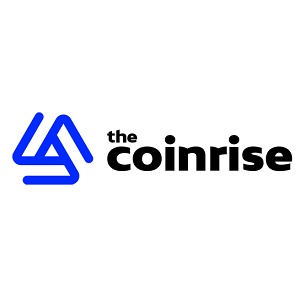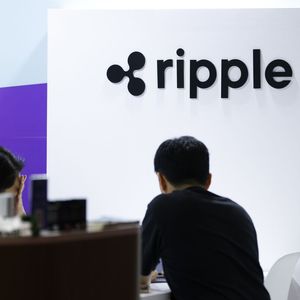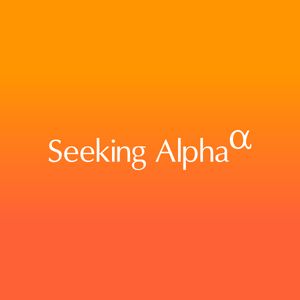Get ready for a game-changer in the world of blockchain data! Space and Time (STX), the project backed by tech giant Microsoft, has officially launched its permissionless mainnet. This isn’t just any network launch; it’s designed to bring something truly powerful to the table: ZK-proven data infrastructure. This development promises to transform how decentralized applications (dApps) interact with information, making data more secure, verifiable, and accessible than ever before. What Exactly is Space and Time’s ZK Data Infrastructure? At its core, Space and Time is building a decentralized data warehouse. Think of it as a massive, secure database specifically designed for the needs of Web3. What makes it unique is its focus on cryptographic guarantees, particularly through the use of zero-knowledge (ZK) proofs. Traditional databases require you to trust the operator to provide accurate data. In the decentralized world, where trust minimization is key, this is a problem. Space and Time aims to solve this by allowing anyone to cryptographically verify that the data they are querying is accurate and hasn’t been tampered with, without needing to reveal the underlying sensitive information itself. This is the magic of Zero-Knowledge proofs applied to data querying. The platform is engineered to handle vast amounts of data, both from within blockchain networks and from external, off-chain sources. This capability is crucial for building sophisticated Decentralized applications that need real-world context or data from multiple chains. How Does it Handle Blockchain Data with Zero-Knowledge Proofs? One of the biggest challenges for dApps is reliably accessing and using Blockchain data , especially data from different chains or data that originates outside the blockchain entirely. Space and Time tackles this head-on. Here’s a simplified look at how it works: Data Ingestion: Space and Time pulls data from various sources – multiple blockchains (cross-chain data) and off-chain databases or APIs. Processing: This data is processed and stored in their decentralized data warehouse. Querying: Developers and users can query this data using standard SQL. ZK Proof Generation: For every query, Space and Time generates a cryptographic proof (a ZK proof) that verifies the computation and the integrity of the data returned. This proof confirms that the query was executed correctly on the actual, untampered data set. Verification: Anyone can verify this ZK proof on-chain, ensuring the query result is trustworthy without needing to trust Space and Time itself or see all the data. This process essentially bridges the gap between verifiable on-chain activity and the vast amounts of off-chain data needed for complex applications, all while maintaining a high degree of trustlessness thanks to Zero-Knowledge proofs . Why is This Crucial for Decentralized Applications (dApps)? The launch of the Space and Time mainnet with its ZK capabilities opens up a world of possibilities for Decentralized applications . Until now, many dApps have been limited by their inability to securely and reliably access and verify data beyond their native chain. This new infrastructure changes that. Benefits for dApps include: Enhanced Functionality: Build dApps that react to real-world events, integrate data from various sources (e.g., supply chain data, financial market feeds), or provide analytics across multiple chains. Increased Trust & Security: Users can have higher confidence in dApps that use ZK-proven data, knowing the information driving the application is verifiable. New Use Cases: Enables more complex applications in areas like DeFi (risk assessment based on off-chain data), gaming (integrating real-world game stats), supply chain (tracking goods with verifiable data), and more. Improved Performance: Offloading complex data queries to Space and Time can potentially improve the performance and reduce the costs associated with performing such operations directly on a blockchain. Major networks and developers are already reportedly using or testing this infrastructure, a testament to its potential impact on the dApp ecosystem. The Significance of the Space and Time Mainnet Launch The move to a permissionless Space and Time mainnet is a critical milestone. It means the platform is now open for anyone to build on and utilize its powerful ZK data infrastructure . This shift from a potentially more controlled environment to a fully open one aligns with the core principles of decentralization. This launch signifies that the technology is maturing and ready for broader adoption by developers looking to build the next generation of dApps that require verifiable access to both Blockchain data and off-chain information. Looking Ahead: The SXT Token and Future Impact Adding to the excitement, Space and Time’s native token, SXT, is scheduled for release on May 8. While the exact utility of the token will become clearer upon launch, native tokens in similar ecosystems often play roles in: Paying for data queries and computation on the network. Staking to secure the network or participate in validation. Governance, allowing token holders to vote on the future direction of the protocol. The SXT token launch is expected to further decentralize the network and incentivize participation in its ecosystem. As more Decentralized applications leverage Space and Time’s capabilities, the demand for its services and potentially the SXT token could grow. Conclusion: A Leap Forward for Verifiable Data The launch of the Space and Time permissionless mainnet marks a significant step forward for verifiable data infrastructure in the Web3 space. By combining secure data warehousing with cutting-edge Zero-Knowledge proofs , Space and Time is empowering developers to build more robust, trustworthy, and functional Decentralized applications that can finally bridge the gap between on-chain and off-chain data worlds. This ZK data infrastructure is poised to become a foundational layer for the next wave of innovation in blockchain technology, making secure and verifiable Blockchain data accessible to everyone. To learn more about the latest blockchain data trends, explore our article on key developments shaping decentralized applications’ future capabilities.



















